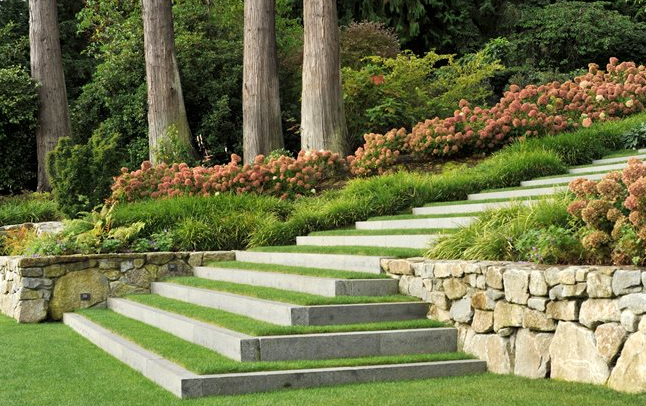Transforming Spaces: The Beauty and Functionality of Landscape Architecture Gardens
In today’s fast-paced world, the importance of green spaces cannot be overstated. Landscape architecture combines art and science to improve our environment through the design of outdoor spaces, including gardens, parks, and public areas. This article explores the essential elements of landscape architecture and how gardens play a pivotal role in enhancing our surroundings.
The Art of Landscape Architecture
Landscape architecture is more than just arranging plants and trees. It involves the integration of architecture, horticulture, and environmental science to create functional and beautiful outdoor spaces. A well-designed garden can provide a habitat for wildlife, improve air quality, and even reduce noise pollution. Additionally, incorporating native plants helps create a sustainable environment, as these plants thrive in their natural conditions, requiring less maintenance and water.
Creating Inviting Outdoor Spaces
The design of gardens can significantly influence how we interact with our surroundings. Outdoor spaces should encourage socialization, relaxation, and recreation. Features like pathways, seating areas, and gathering spots can transform an ordinary garden into a welcoming sanctuary. By including elements such as water features or carefully placed lighting, the ambiance can be transformed, creating an inviting atmosphere for gatherings or peaceful solitude. It’s essential to consider the specific needs of the community when designing these spaces, ensuring they serve a purpose and resonate with the people who use them.
Sustainability in Garden Design
In recent years, the push for sustainable practices has taken center stage in landscape architecture. Garden designs are increasingly incorporating eco-friendly elements, such as rain gardens, xeriscaping, and the use of recycled materials. These practices not only reduce water consumption and waste but also promote biodiversity. By creating environments that support various species, gardens can serve as vital ecosystems. Educating the community on sustainable practices, like composting or native planting, can further enhance the garden’s role in environmental stewardship.
In conclusion, whether you’re a homeowner looking to beautify your property or a community planner working on a larger-scale project, understanding landscape architecture’s principles can lead to improved outdoor spaces that benefit everyone. Explore the diverse world of garden design and consider how you can incorporate these ideas into your own space. Embrace nature and enjoy the many benefits that come from thoughtfully designed landscapes!

